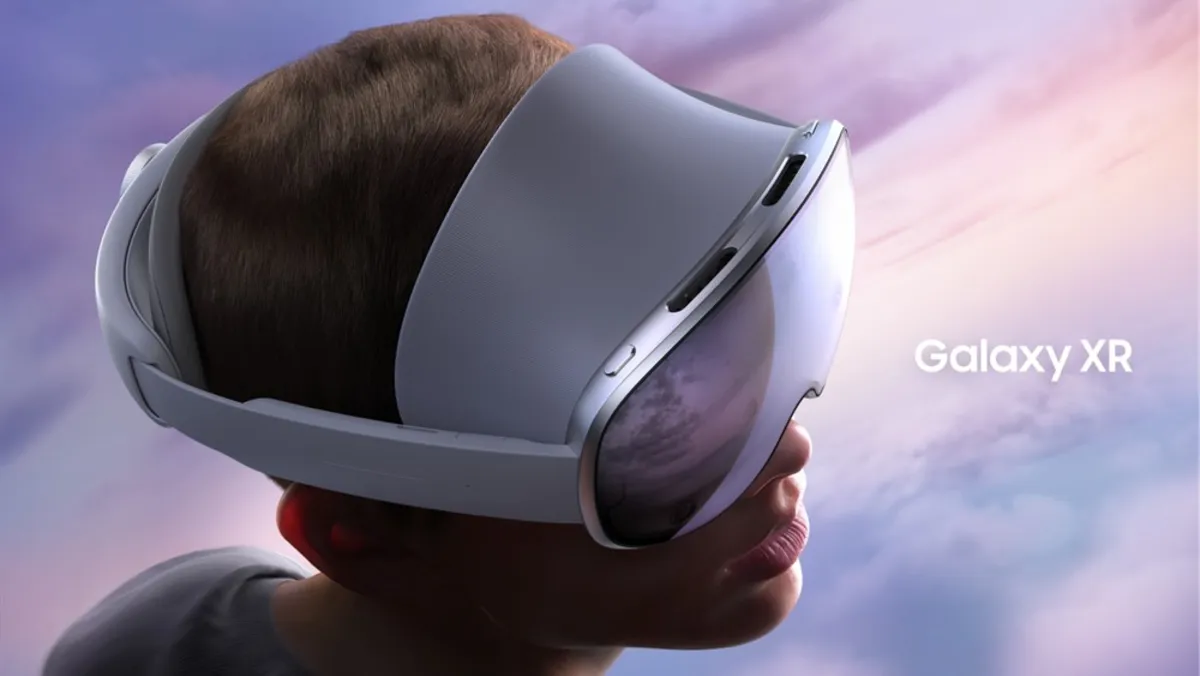
The era of Android virtual reality is making a comeback, and this time Google is teaming up with Samsung for a promising third attempt. After two previous attempts that did not quite resonate with consumers, the advancements in artificial intelligence and a strategic partnership with Samsung have paved the way for what could be a game-changer. The recently unveiled Galaxy XR headset stands as the first and currently sole device operating on Google's new Android XR platform.
For those eager to dive into this new immersive experience, the Galaxy XR is available for pre-order today. However, potential buyers should brace themselves, as the headset comes with a hefty price tag of $1,800. It’s important to note that this premium headset does not include controllers, which may increase the overall investment for a fully interactive experience.
The Galaxy XR features a fully enclosed design with passthrough video, allowing users to interact with their surroundings while enjoying virtual experiences. The device bears a striking resemblance to the Apple Vision Pro, complete with a battery pack connected via cable. Under the hood, the headset is powered by impressive hardware, including 16GB of RAM, 256GB of storage, and a Snapdragon XR2+ Gen 2 processor. This sophisticated chip, an enhanced version of the processor used in Meta’s Quest 3, boasts six CPU cores and an Adreno GPU capable of supporting dual 4.3K displays.
One of the standout features of the Galaxy XR is its dual 3,552 x 3,840 Micro-OLED displays, offering an expansive 109-degree field of view. This setup provides a higher pixel density than the Vision Pro and nearly three times that of the Quest 3, delivering stunning visual clarity. The displays can refresh at rates of up to 90Hz, though the default is set to 72Hz to conserve battery life.
In line with other extended reality (XR) devices, the Galaxy XR is equipped with an array of cameras. It features two 6.5 MP stereoscopic cameras that provide a stream of your environment to the high-quality screens, enabling the software to overlay virtual elements seamlessly. Additionally, there are six outward-facing cameras for precise headset positioning and hand tracking, and four internal cameras dedicated to eye tracking. These internal cameras can even scan your iris for secure unlocking and password autofill in select applications.
The Galaxy XR headset offers about two hours of general use or two and a half hours of video playback. While this may seem limited, users may find the 545-gram (1.2 pounds) weight a bit cumbersome for extended periods, especially when compared to the integrated battery of the Quest 3. In fact, it is lighter than the second-generation Vision Pro, which weighs a hefty 800 grams (1.7 pounds).
Initially showcased at Google I/O under the codename Project Moohan, the Galaxy XR now represents a significant step forward in Google’s efforts in the XR space. Unlike previous iterations of Android VR, such as Cardboard and Daydream, which required users to strap their phones into headsets, Android XR promises a more immersive and integrated experience. This platform allows users to create customized workspaces with floating apps and includes 3D versions of popular Google applications like Google Maps, Google Photos, and YouTube, along with various games and unique XR experiences.
One of the notable features of the Galaxy XR is its integration with Gemini, Google’s AI platform. This allows the device to be more aware of its surroundings, enabling interactive experiences where users can inquire about on-screen content or real objects captured through the passthrough video. Additionally, Gemini assists in organizing floating windows, enhancing usability and productivity.
While the Galaxy XR is currently the only way to experience Android XR, it comes at a premium price. Aside from the initial cost of $1,800, users interested in hand gesture control will need to spend an additional $175 for wireless controllers, which are currently discounted from their regular price of $250. Furthermore, for those who require corrective lenses, an additional $99 will be necessary.
To justify the significant investment, buyers of the Galaxy XR will receive a collection of exclusive freebies, including a full year of Google AI Pro, YouTube Premium, and Google Play Pass—valued collectively at around $370. Additionally, customers will have the opportunity to enjoy three months of YouTube TV for just $3, along with access to the 2025–2026 season of NBA League Pass in the US.
In conclusion, with the Galaxy XR headset, Samsung and Google aim to redefine the landscape of Android virtual reality. As this technology continues to evolve, it remains to be seen how consumers will respond to this substantial investment in immersive experiences.